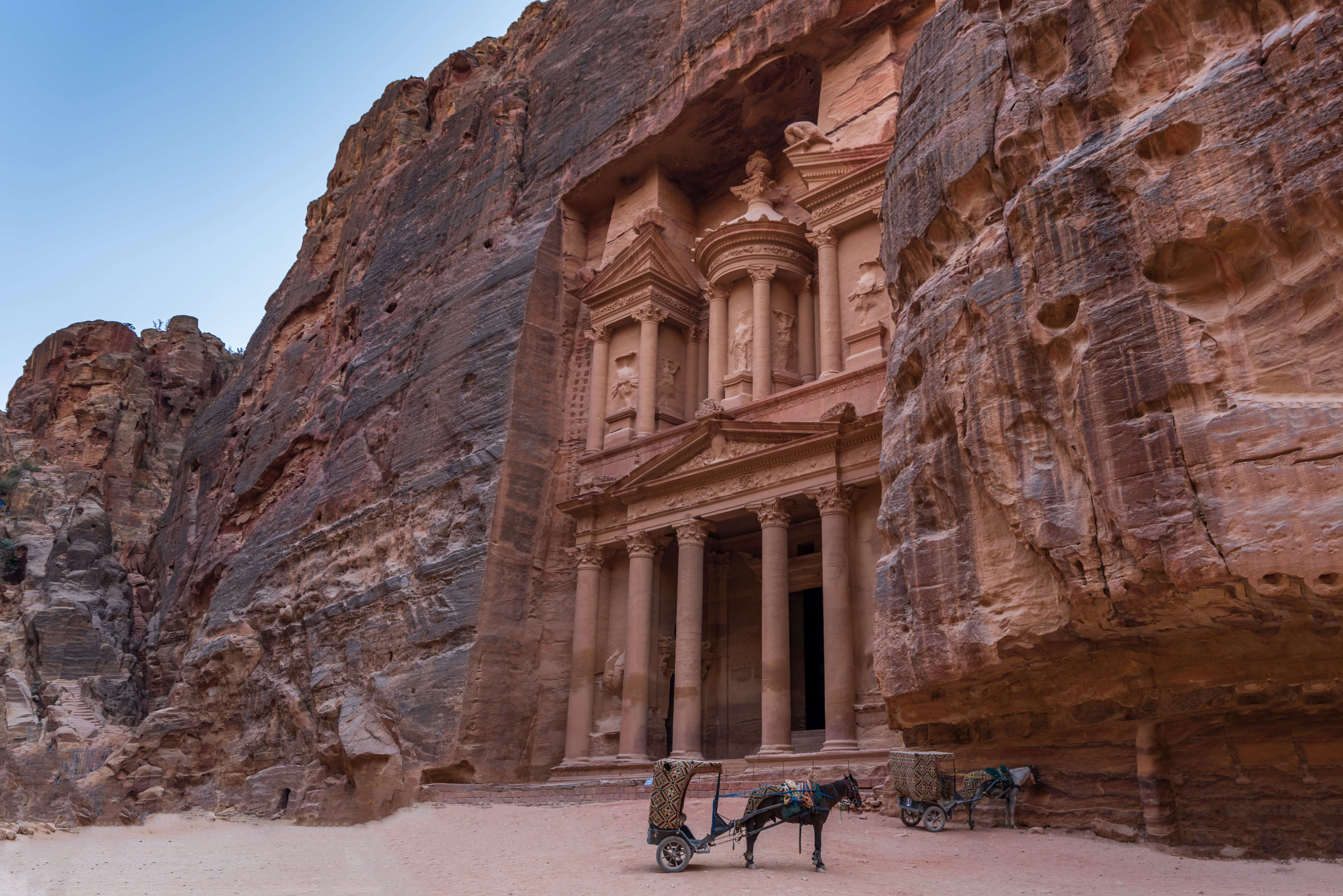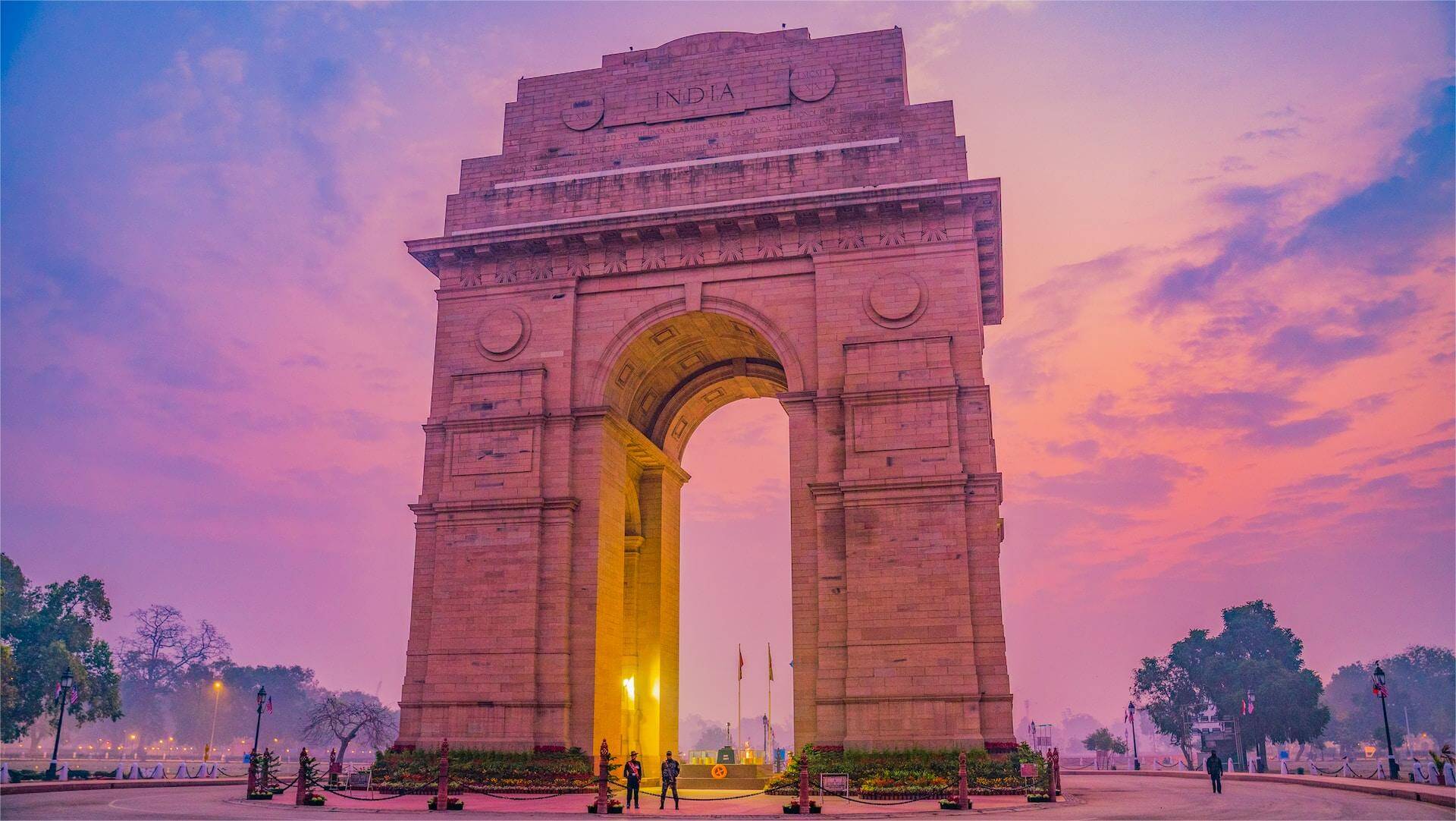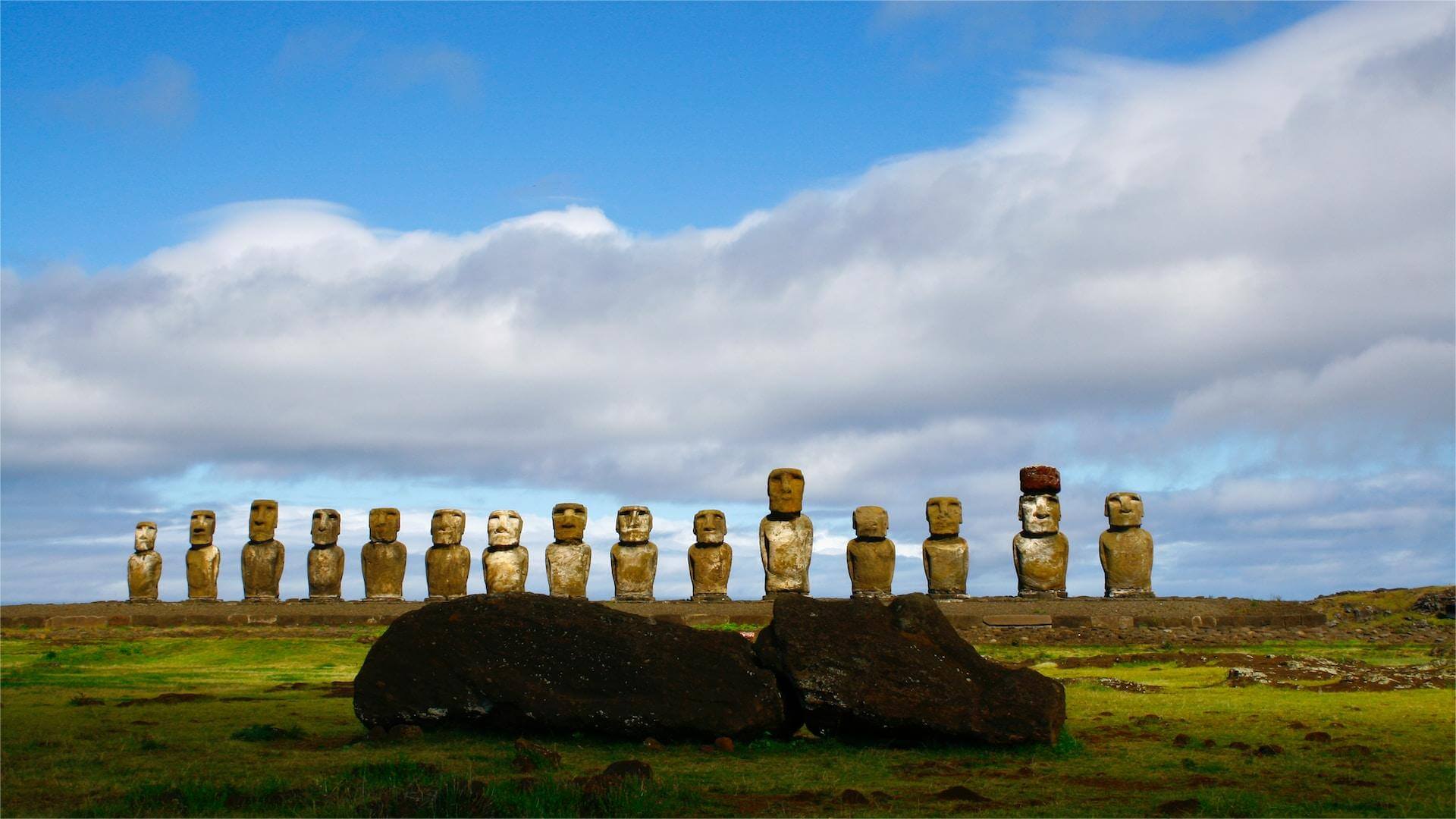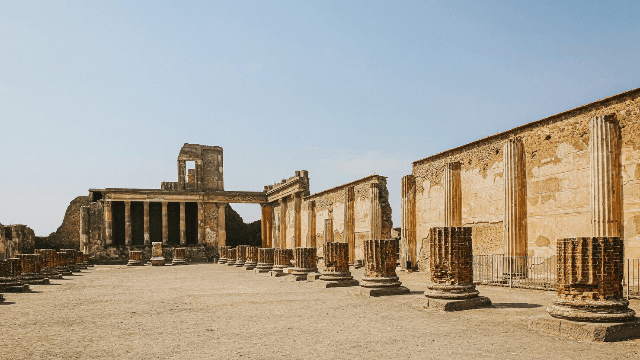S
What do you think of when you think of the desert? Desolation, terror, drought, death; or perhaps camel caravans, traders and mysterious ancient cities. Many people may think of the ancient Loulan in Xinjiang, but I remember a mysterious site in the southern desert of Jordan: the ancient city of Petra.
The ancient city of Petra is one of the most famous historical cities in Jordan and a World Heritage Site. The reason why I remember it so well is that the entrance fee for this ancient city is by far the most expensive World Heritage site I have ever encountered: 50 Jordanian dinars for a ticket.
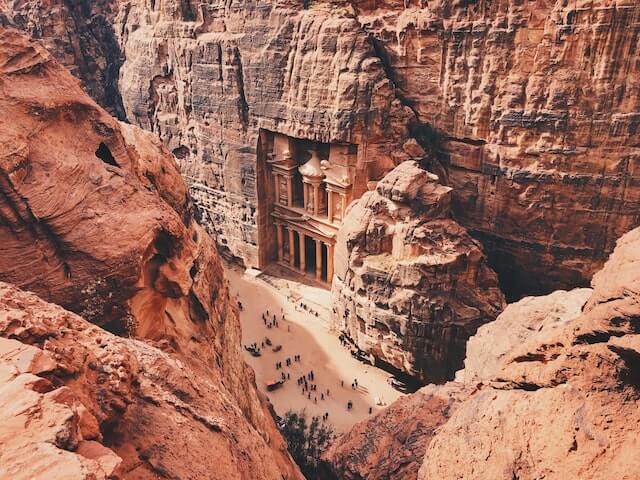
It is one of the most mysterious ancient cities in the southern Jordanian desert, and was named one of the New Seven Wonders of the World in 2007. This ancient desert city is hidden in a high mountain valley at an altitude of 1,000 meters and is carved almost entirely out of rock. It was once the capital of the kingdom of the Nabataeans (ancient Arab tribes) and flourished in the 1st century BC. It was sacked by the Roman army and became a province of the Roman Empire, so many of the buildings of the ancient Roman culture can still be seen in the old city today.
Before the rise of the Red Sea trade, the ancient city of Petra was very prosperous due to overland commerce. As the Red Sea trade flourished, Petra began to decline, and by the time it was conquered by Arab armies in the 7th century, it was an abandoned and empty city.
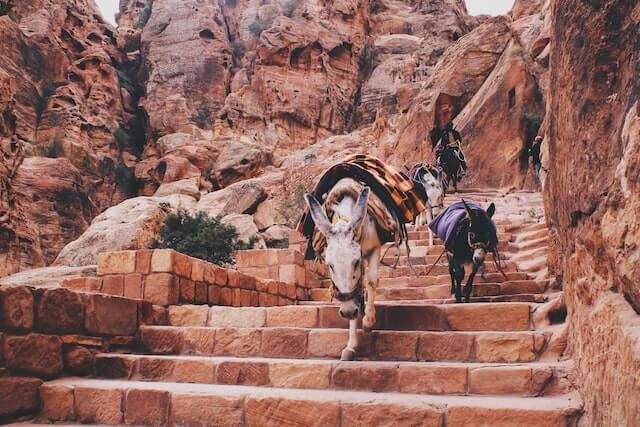
The ancient Nabataeans tell all visitors who come through history about the former prosperity and commercial glory of the lost city. Under the blazing sun, people from all over the world gather here. It is said that after Petra declined and became an empty city, for a long time it completely disappeared in the long run, forgotten by history and forgotten by people. It was not until 1812, when a Swiss traveler discovered it, that it was once again brought to the attention of the world.
Walking past the Khazni temple, when the Arabs put on the desert style, when the scarred instruments carry the ancient tunes in the silent valley... In the gap between the sun and the valley, one can still see the life trajectory of the nomadic Nabataeans, and the culture and architecture of the ancient Roman Empire.
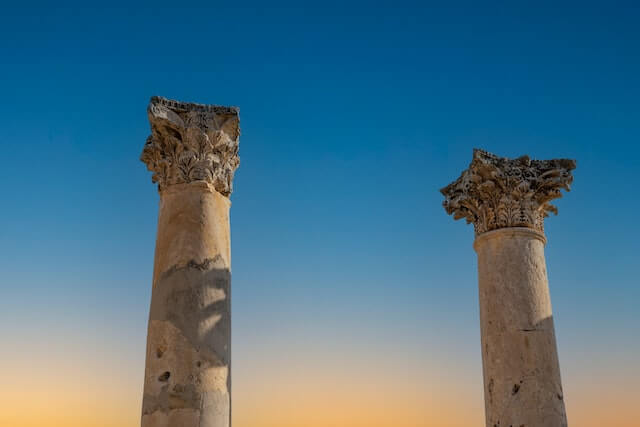
This thousand-year-old city has a very romantic nickname: "the ancient city of roses". The special geological landscape makes the rocks of Tepera appear rose-colored under the strong sunlight, and even the valley is rendered pink. On the INS, there are many wonderful descriptions of the ancient city of Tepera by European and American netizens, and many beautiful travel photos have been taken here.
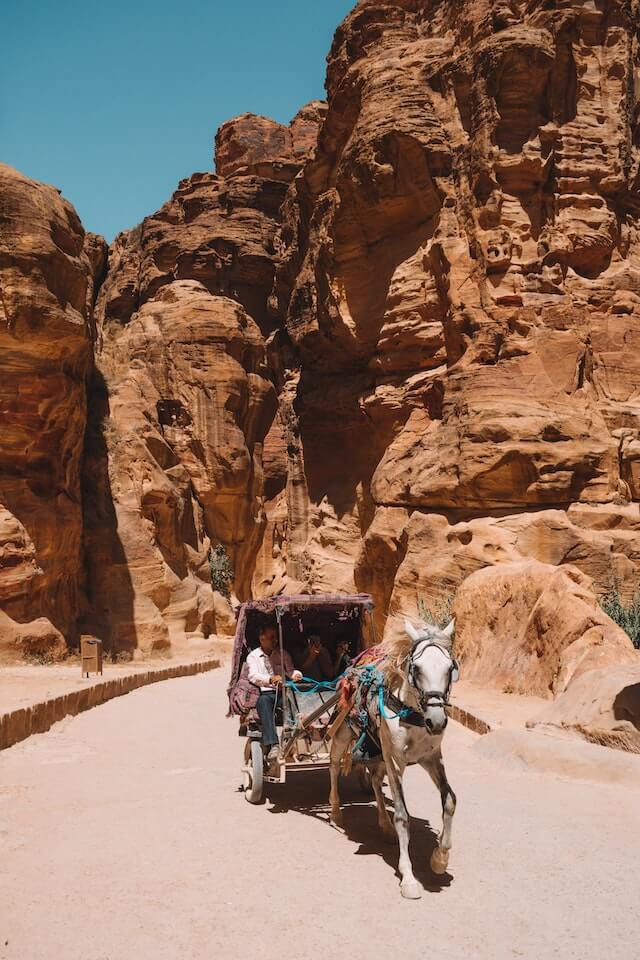
The ancient civilization has made this place the prototype of the novel "One Thousand and One Nights", and it is the place where the legendary treasure of "Open Sesame" is located. Everyone expects to open this door, whether it is the burial urn on top of the Khazni Temple or the ancient tombs of the kings, which, according to local legend, may contain the treasures left by the pharaohs and kings.
Many people describe Tepera as "a lost ancient city", which has reappeared on earth in the form of an empty city, bringing countless visitors to this place to produce infinite reverie. But unfortunately, the ancient city of Petra in the desert land was suddenly deprived of overland trade traffic, and its prosperity began to weaken, and was eventually abandoned and forgotten. It is inconceivable that such a prosperous ancient city could rise in a desert land where there was no life towards glory. Just like the ancient state of Loulan, which flourished in the desert for more than 800 years.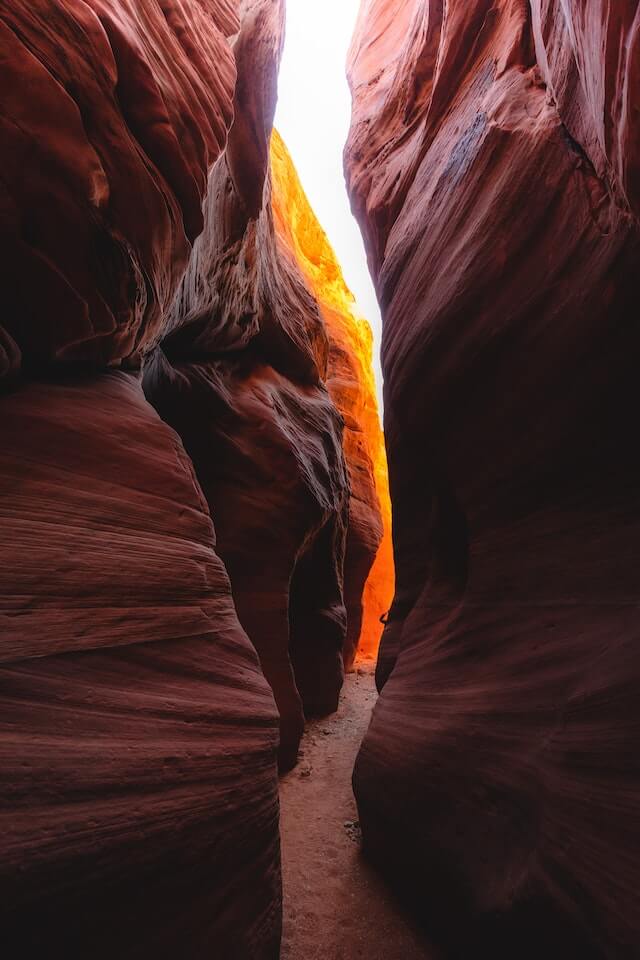
The way to Petra is a narrow canyon passage about 1.5 kilometers long, which is called Sikh Gorge. There are many rock-cut tombstones on the walls of the canyon, and these tombstones are of different sizes and carved with different patterns depending on the identity of the buried person, some of which look like temples.
The entire city is so large that it would take at least 6 hours to see it all on foot. As a result, camel and donkey rides have become a way for local merchants to make a living, but some of them often suffer from flesh and thirst in order to make more money.
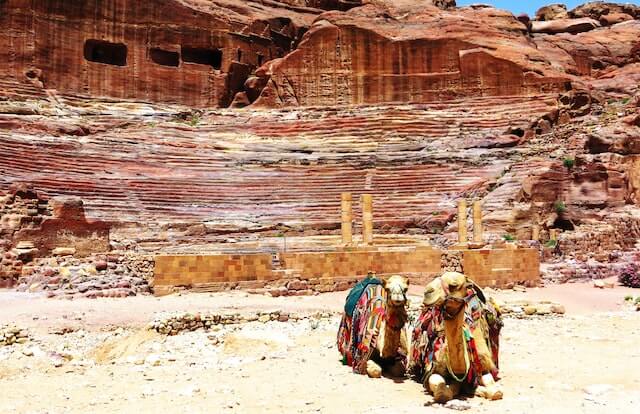
This is a city hidden in a canyon, surrounded by cliffs and natural walls. The whole city is built on the mountain, with monasteries, palaces, baths and houses. Why the Nabataeans built the city in the desert in the first place is still a mystery. After the defeat of the Nabataeans to the Romans, they disappeared without a trace, no bones, no codices, no clues left, only some patterns carved on the stone cliffs, but still no one can decipher the text. Today, only a whole empty city is left for people to think about and explore.
At the very top of the Khazni Temple is a burial urn that locals claim may contain the pharaoh's treasure. But rumors say that the Khazni Temple also houses the wealth of the successive kings of Petra, and despite the fact that some scholars believe it is a mausoleum, it still attracts countless explorers and tourists.
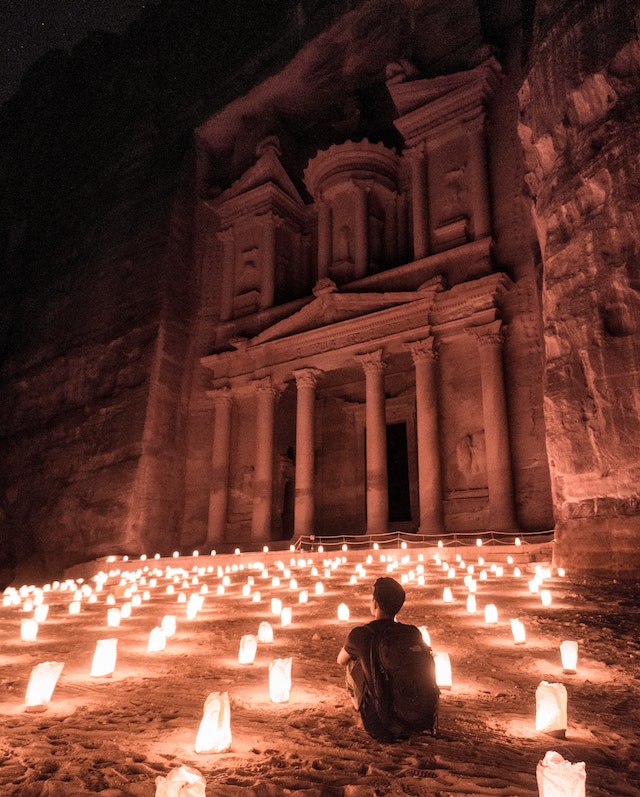
In addition to the Khazni Temple, there are many large scale tombs throughout the ancient city. Between the sacking and conquest of the Roman Empire and the Arab armies over thousands of years, its output and the treasures left behind or looted must have attracted countless archaeologists and explorers. It may have been visited by many treasure hunters even before the Swiss traveler discovered it in the first place.
Today, the ancient city of Tepera is one of the most popular places to visit in Jordan, and although the entrance fee is not cheap, for me it is well worth seeing. The "Old City of Roses" glows in the sunlight, and whether it is a World Heritage Site or the New Seven Wonders of the World, this ancient, mysterious, lost city still exudes a desire to explore
